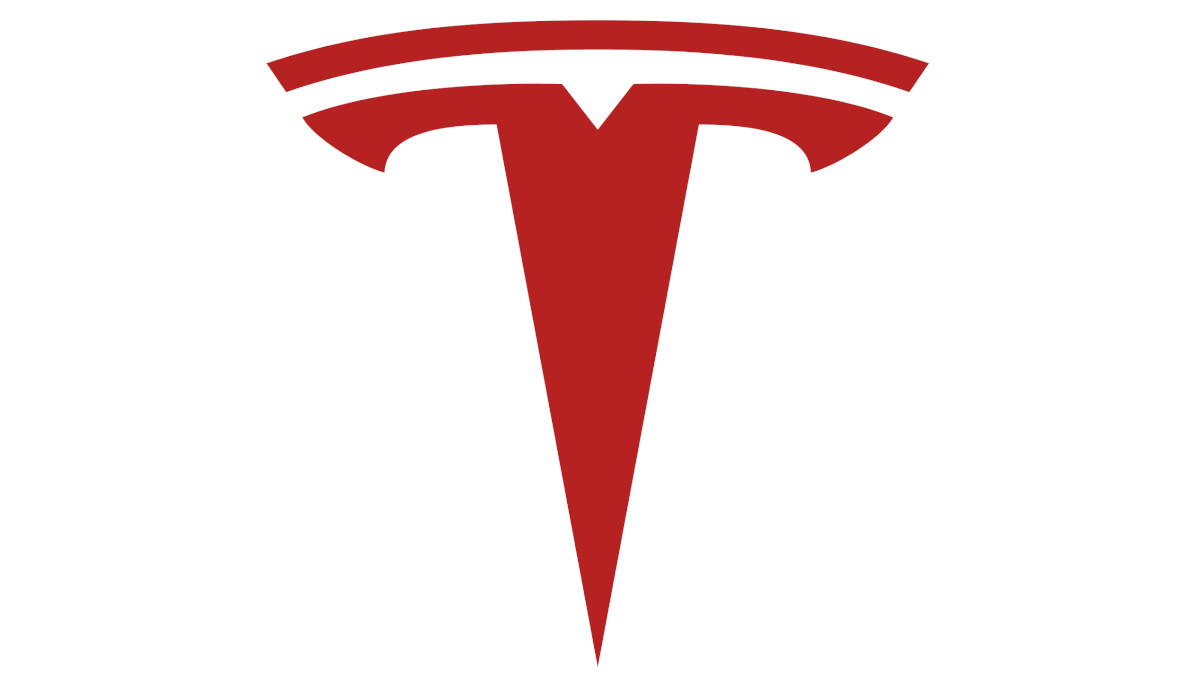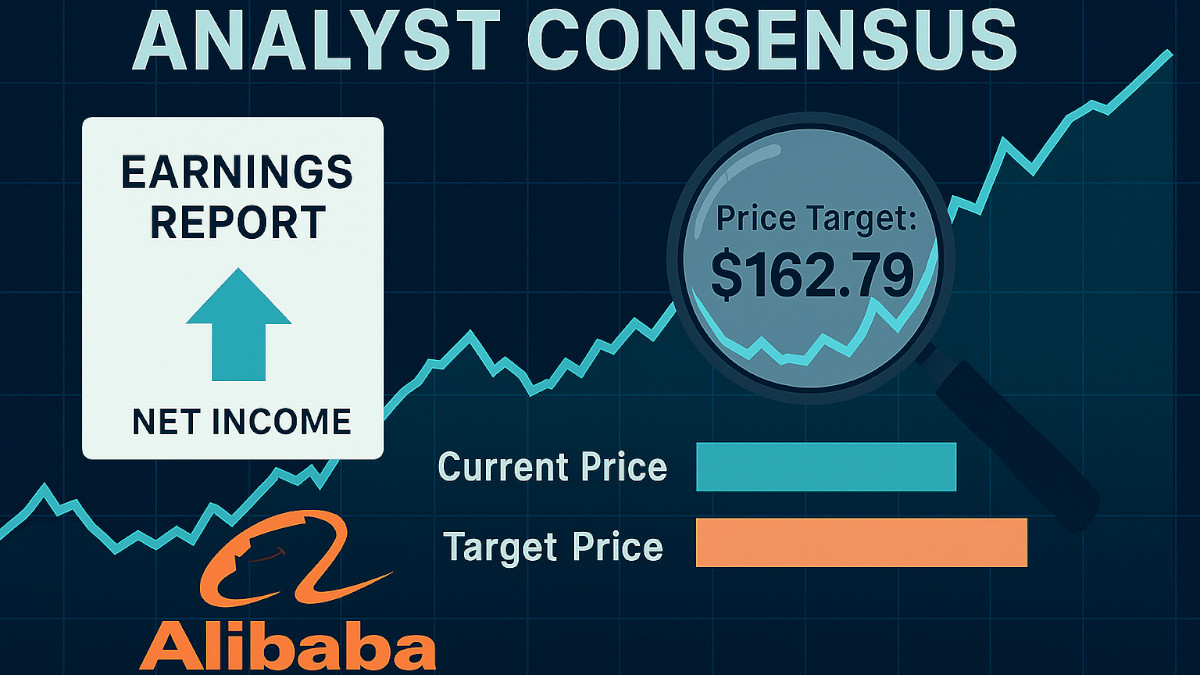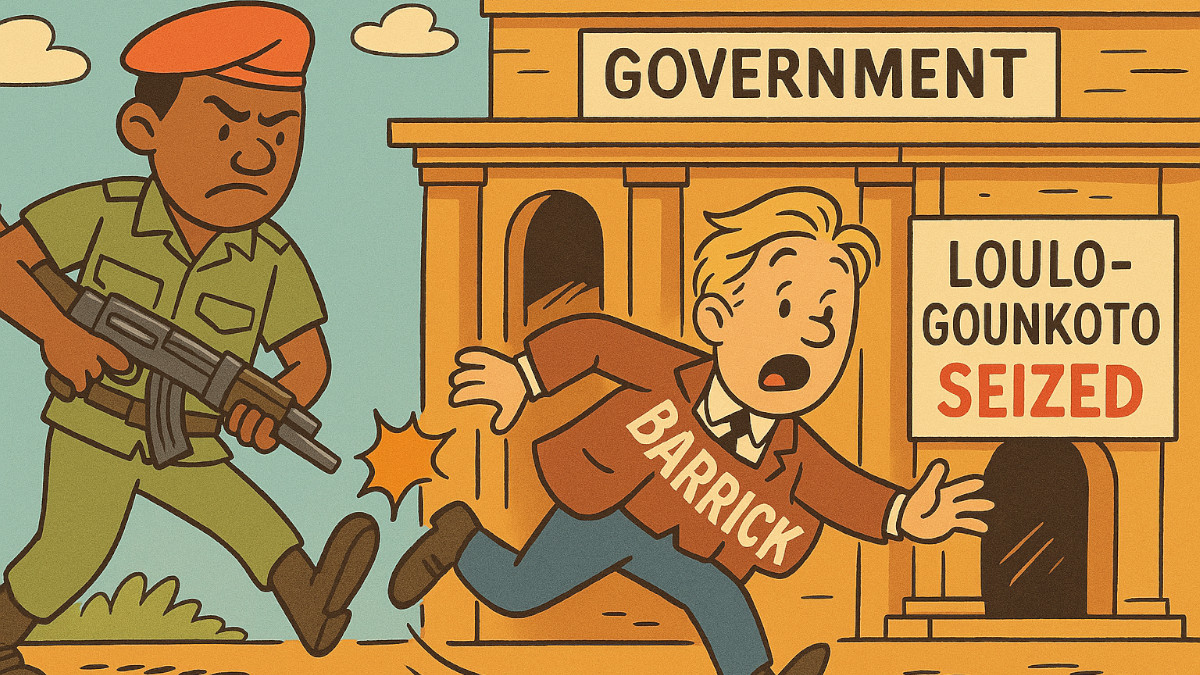- Аналитика
- Торговые Новости
- India Trade Deal with the U.S. - Is About China and Survival
India Trade Deal with the U.S. - Is About China and Survival

India is rushing to avoid tariffs and stay in the game as the U.S. redraws its global trade map without China.
India finance minister, Nirmala Sitharaman, is in the U.S. this week, and the headlines make it sound like she’s on a goodwill tour to strengthen economic cooperation and finalize a win-win trade deal. That’s the official line.
The real story is, India is in damage-control mode, trying to cut a deal before the U.S. slaps tariffs on its exports. This has little to do with shared values or deepening strategic ties. It's about dodging tariffs, saving exports, and exploiting the global backlash against China.
You’ll hear talk about reciprocal tariff adjustments and bilateral trade momentum. Here’s what’s actually happening:
- Trump gave trading partners 90 days to either bend or bleed under new U.S. tariffs.
- India, with a $45.7 billion trade surplus with the U.S. in 2024, knows it’s in the crosshairs.
- The Indian government is now offering to slash tariffs on more than half of U.S. imports — not because it wants to, but because it has to.
China - The Elephant in the Room
No one’s saying it openly, but China is the invisible force shaping this deal.
- The U.S. wants to cut dependence on China.
- India wants to be the replacement.
- Both sides need this deal to look like a strategic alliance, when it’s really a transaction born out of mutual necessity.
India knows it can’t out-export China. But it can sell itself as the politically safer option — even if it means offering the U.S. favorable trade terms that wouldn’t fly under normal conditions. This is not about building bridges. This is about burning old ones (China-US) and building temporary bridges (India-US) out of trade incentives, geopolitics and desperation.
What is Happening and What Traders Should Watch
U.S. gets more access to Indian markets, lower tariffs and a public victory for Trump's "America First" agenda. The trade surplus has made India a target, and now it's offering tariff cuts just to keep exports flowing. Multinationals get alternative supply chain access away from China. Indian exporters get a reprieve — if the deal gets done on time.
- Ignore the soft statements. Watch hard deadlines. July is the line in the sand.
- Export-heavy Indian sectors like pharma, auto parts, textiles — they rise or fall based on whether this deal materializes.
- U.S. companies with China exposure? If this deal signals a real pivot toward India, watch for capital shifts.
- FX impact: A stable deal supports the rupee. If talks collapse, brace for INR weakness and possible flight to USD.
Bottom Line Is
This trade pact—if it happens—won’t be a historic breakthrough. It’ll be a desperate handshake between two governments trying to fix bigger problems:
- India is trying not to lose access to its biggest market.
- The U.S. is trying to keep its anti-China strategy alive without killing its own supply chain.







